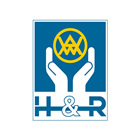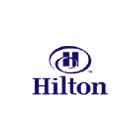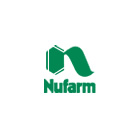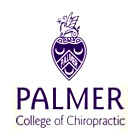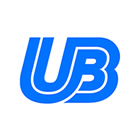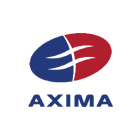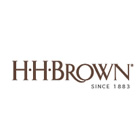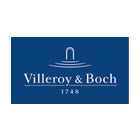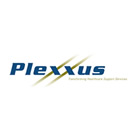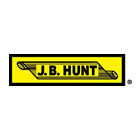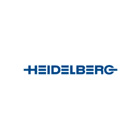
File System Terminology Explained for Windows Users
Author: Michael J. Leaver, 2BrightSparks Pte. Ltd.
There are various technical terms used when talking about items related to file systems and storage. We've covered many of them in other articles, for example:
- NTFS Permissions
- NTFS Alternate Data Streams
- File Sizes and Transfer Speeds
- Locked Files
- Understanding Windows File Attributes
- Understanding NTFS Hard Links, Junctions and Symbolic Links
In this article we'll try and cover the most basic terms, particularly in relation to the Windows operating system.
Folder or Directory?
What is the difference between a folder and a directory? In simple terms, a directory is an object on a file system, e.g. C:\Windows\. You store files in a directory and directories can contain other (sub-)directories. A folder is logical. Folders are usually used in relation to graphical user interfaces (GUI's), e.g. in Windows. A folder may map to a directory or several directories. It may also not map to any directory. For example, some Shell Extensions appear as a folder in Windows File Explorer.
However, many people (including 2BrightSparks) use the terms directory and folder interchangeably, i.e. we treat them as the same thing. Technically, this is incorrect, and we're naughty people, but it's common practice now.
Physical Drives
Physical Drives are units of storage. An SSD, hard drive and tape drive are examples of a physical drive. There are also virtual physical drives, e.g. RAM drives.
Volumes (Logical Drives)
When you create a partition on a physical drive, and format it (e.g. using NTFS), you are creating a Volume (Logical Drive). A volume is formatted to use a file system, e.g. NTFS, FAT32, ReFS, etc. Usually, a physical drive will have one volume on it, but it can be partitioned into multiple volumes. For example, a 1TB drive may be partitioned into two 500GB volumes, with one volume using NTFS and the other using FAT32.
A physical drive may have no volumes on it at all, e.g. when it's new and hasn't yet been partitioned or formatted. It's also possible to use multiple physical drives to create a single volume, e.g. by using Spanned Volumes.
Mount Points
A volume is accessed via a Mount Point. In Windows, the most common mount point is as a drive letter, e.g. C:. You can also mount volumes as directories inside other volumes. For example, as a Junction Point. All volumes have unique ID's (a Volume GUID) which can also be used to access the contents of a volume (see below).
Volume Labels, Serials and GUID's
A volume can have a user-defined Volume Label, which can be used to help you know what is on each volume, e.g. BOOT. On FAT file systems, the maximum length of a volume label is 11 characters. With NTFS it is 32 characters. You can change the label any time you want and it does not need to be unique (multiple volumes can have the same label) and can be blank.
Volume Serial Numbers are automatically created by Windows when a volume is formatted. It's a 32-bit number that is based on the date and time when the volume was formatted and is displayed in hexadecimal format, e.g. 7C35-1D4F. They were originally created to detect when a disk in a drive had changed (e.g. a floppy disk). You can change a Volume Serial Number so they are not guaranteed to be unique.
All volumes in Windows also have a unique Volume GUID, e.g. \\?\Volume{78e021ba-625e-11a9-affe-507b4454a3e7}\, which can be used to access a volume. These are guaranteed to be unique. You can use the mountvol command line tool to list all the volumes and their GUID's.
With SyncBack V11, you can access all volumes on a system (even those that have not been mounted) by using the special path \\?\
Hardware Serial Numbers
Physical Drives also have a hardware serial number that cannot be changed and is set by the drive manufacturer when the drive is created. This serial number refers to the entire physical drive and not any volumes. All volumes on a physical drive will have the same hardware serial number. This way it is possible to map a volume to a physical drive. You can get this information by using 'wmic diskdrive get model,serialNumber,mediaType' in a command prompt.
SyncBack Variables
SyncBack has a number of variables that let you access volumes using their serials or labels. These are especially useful when using removable drives, e.g. USB keys. You can also use Volume GUID's in SyncBack, so even if the drive letter (or serial) changes, SyncBack will use the correct volume.
Noted Customers
© 2003-2025 2BrightSparks Pte. Ltd. | Home | Support | Privacy | Terms | Affiliate Program

